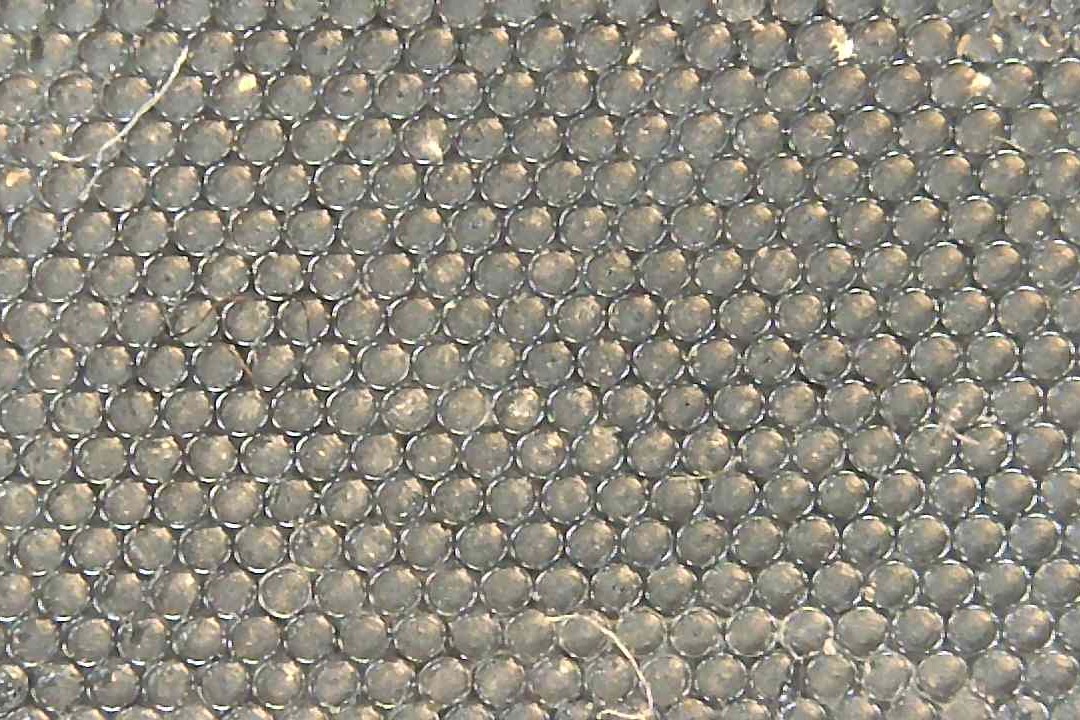Where is that thing bending? PhD student Paul Bupe has developed a prototyping system for determining where robots and other flexible structures are changing curvature. The OptiGap concept uses soft plastic 3d printing filaments as waveguides with gaps that let light out when bent. Not only is the system low cost and customizable on the …
Continue reading “OptiGap: a customizable bend location sensor”
